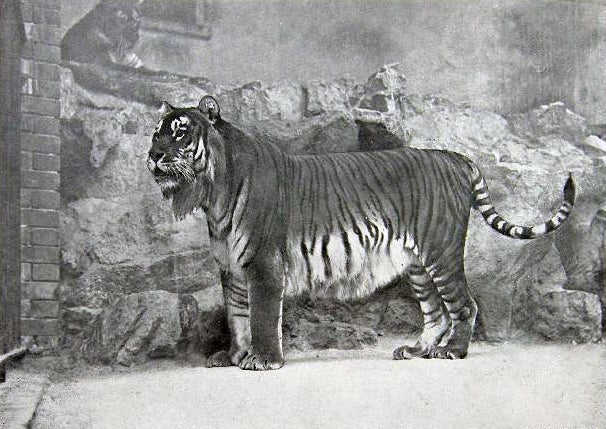Eight unfortunate facts about the extinct Caspian tiger

Your support helps us to tell the story
From reproductive rights to climate change to Big Tech, The Independent is on the ground when the story is developing. Whether it's investigating the financials of Elon Musk's pro-Trump PAC or producing our latest documentary, 'The A Word', which shines a light on the American women fighting for reproductive rights, we know how important it is to parse out the facts from the messaging.
At such a critical moment in US history, we need reporters on the ground. Your donation allows us to keep sending journalists to speak to both sides of the story.
The Independent is trusted by Americans across the entire political spectrum. And unlike many other quality news outlets, we choose not to lock Americans out of our reporting and analysis with paywalls. We believe quality journalism should be available to everyone, paid for by those who can afford it.
Your support makes all the difference.As part of our new campaign to Save the Tiger, here are eight things you should know about the beautiful Caspian subspecies and its demise:
1. The Caspian tiger was one of the largest sub-species of tiger with strong legs, wide paws and unusually large claws.
2. The Caspian tiger had a range from Turkey in the East to China in the West.
3. Caspian tigers preyed mainly on wild boar, though they occasionally fed on red deer, roe deer and domestic animals such as dogs and cattle in winter months.
4. The tiger was aggressively hunted in the early twentieth century as part of a land reclamation programme initiated by the Soviet Union.
5. The tiger also suffered from a loss of natural habitat and the over-hunting of its usual prey populations.
6. Despite persistent rumours to the contrary, it is believed that the Caspian tiger became extinct in the mid-twentieth century.
7. The animal was declared officially extinct by the IUCN in 2003.
8. Fortunately, according to a study by researchers at the University of Oxford, it has been discovered that the genes of the Caspian tiger live on today in the Siberian tiger.
Help to save tigers by donating to WWF here.
Or to keep up to date with the latest conservation news check out the following links:
facebook.com/WWFTiger
twitter.com/TigersAlive
Sources: petermaas.nl, tigertribe.net
Join our commenting forum
Join thought-provoking conversations, follow other Independent readers and see their replies
Comments